Patek Philippe, the most prestigious firm in the watch world, has thrown down a gauntlet to the Swiss watch industry. After 123 years, the Swiss brand replaced the Geneva Seal with a higher-standard seal of its own. Find out why in this article from WatchTime’s May-June 2009 issue.
Patek Philippe has taken the unusual step of defining and codifying its own standard of excellence for a Swiss luxury watch and created its own quality mark ensuring that its watches have attained that quality. As a consequence, the firm has ended its 120-plus-year affiliation with the Geneva Seal quality mark. The company announced at the Baselworld exhibition in April 2009 that, starting that year, it will no longer submit its movements for inspection by the Geneva Seal Bureau. Instead, it will affix its own Patek Philippe Seal (an emblem with a double P) on its movements, testifying that they have met quality standards that the company claims are “the most exclusive and stringent” in the world.
Patek’s break with the Geneva Seal is a dramatic about-face for the firm, which for years touted it as the watch industry’s highest assurance of quality. The seal was created in 1886 by the Canton of Geneva to protect the reputation of the Geneva watchmaking guild. The Poinçon de Genève, as it is called in French, established technical criteria for the quality of a movement produced in the canton. Only watches manufactured in the Canton of Geneva are eligible for the seal. An independent bureau inspects the movements and issues certificates of quality. Those that pass are stamped with the Geneva hallmark. Patek Philippe was a strong backer of the seal from the beginning. In a statement, Patek acknowledged that it “became the foremost ambassador of this quality label and contributed significantly to building its global reputation as one of the strictest benchmarks in the watchmaking industry.” Today all Patek Philippe mechanical watches carry the Geneva Seal; the firm has been by far its biggest user and promoter.
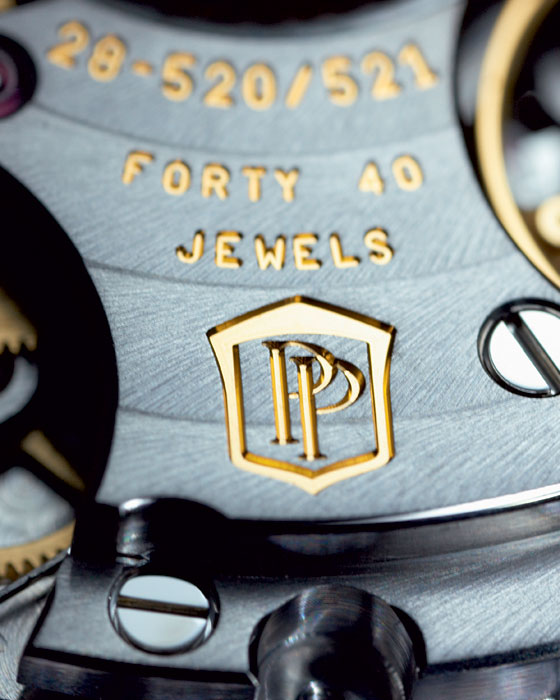
The decision to create an in-house seal is motivated, Patek sources say, by the concern of Patek Philippe management that the Geneva Seal is outdated because it lacks requirements for the performance of the movement. (In applying for the Geneva Seal, a firm may opt for a rate test, but it is not required.) The highly promoted use of the Geneva Seal in recent years by newcomers like Roger Dubuis and Cartier was also a factor in Patek’s decision to abandon the seal, other sources say. As a vertically integrated manufacture that makes nearly all its watch components, both internal and external, Patek feels the need to differentiate itself from current or future newcomers whose watches may qualify for the Geneva Seal but whose production standards do not rank with Patek’s.
The decision to create its own seal was not made lightly; Patek executives say it has been discussed internally for five years. They say the firm urged the Geneva Seal Bureau to strengthen the requirements, which Patek now claims define only the minimum quality levels for a mechanical watch. When the Geneva Seal Bureau declined, Patek decided to go its own way.
The Patek Philippe Seal goes far beyond the requirements for the Geneva Seal and addresses the two major complaints about it: that its criteria deal only with the watch movement and that they are only concerned with movement materials and finishing, not rate performance. In its press release announcing its seal, Patek takes a clear shot at both the Geneva Seal and COSC, Switzerland’s independent chronometer testing body, both of which judge uncased movements, not complete watches.

“It is indisputable,” Patek Philippe says, “that a hallmark of quality must apply to the whole watch. This fact called for a new seal that defines all competencies and features of relevance to the manufacture, precision, and lifelong maintenance of a Patek Philippe timepiece. The rules apply to all of the manufacture’s movements regardless of their complexity. It not only applies to the movements: it encompasses cases, dials, hands, pushers, spring bars for straps, etc., as well as the aesthetic and functional aspects of finished watches. Moreover, given that a Patek Philippe watch is first and foremost an instrument that measures time, the Patek Philippe Seal makes a binding statement regarding rate accuracy.”
Patek’s technical requirements are stricter than COSC’s. For calibers with diameters of 20 mm or more, the accuracy must be within -3 and +2 seconds per day. For calibers with diameters of less than 20 mm, the accuracy must be within -5 and +4 seconds per day. The requirements for tourbillon watches are even tighter. Patek will perform its rate tests in several phases of the manufacturing process. The final tests are conducted on fully assembled watches.
What’s more, under the terms of its seal, Patek Philippe offers the watch industry’s first promise of lifetime service on the watch. The firm pledges that it will service and restore every watch it has made since its founding in 1839 in Geneva. (The requirements for the Patek Philippe Seal, and other information about it, are available at www.patek.com.)
Patek’s announcement is an interesting document. It’s clear that owner and president Philippe Stern believes the time has come for Patek to flex its formidable muscle to counter some of the “capricious” excesses in today’s watch market. Like the jumbo watch trend: “Every time a new model is developed,” the announcement states with thinly disguised disdain, “the key issues are its function as a measuring instrument and the need for easily legible indications. The silhouette of the movement and the integration of its function within a reasonable diameter are the guiding factors as well, because despite the current trend toward ever bulkier wristwatches, Patek Philippe places emphasis on timeless elegance. In the short term, this may not always meet the market’s capricious aesthetic preferences, but Patek Philippe knows from 170 years of experience that lasting value can only be created with confidence in matters of style and with deep respect for the principles that define the heritage of watchmaking.”
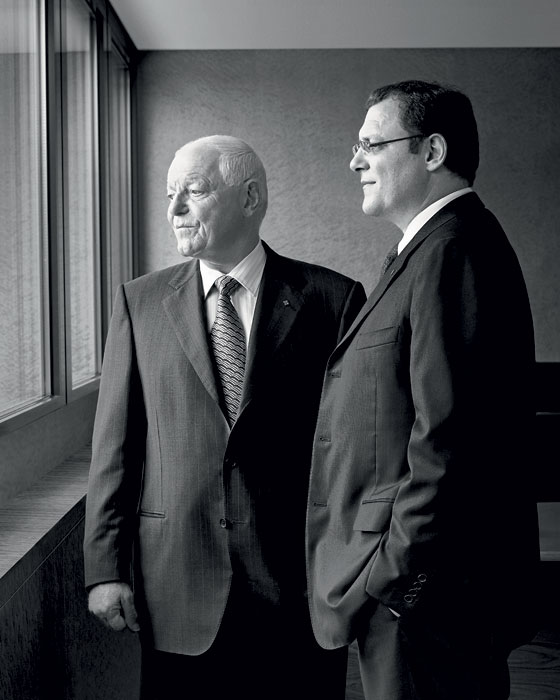
Patek Philippe has created internal legislative and executive bodies to set standards for the quality seal and to ensure their enforcement. The Patek Philippe Seal Committee defines the rules for the seal through a Technical Committee and an Aesthetic Committee. A Supervisory Authority monitors the observance of the rules in all Patek workshops. The Supervisory Authority reports to the PP Seal Committee. Philippe Stern and his son and designated successor, vice president Thierry Stern, have declared themselves the guardians of the Patek Philippe Seal. The two appear in a global ad campaign announcing the new seal and committing themselves to maintaining its standards. “We will spare no effort to assure that the emblem with the double ‘P’ continues to symbolize trustworthiness and the ultimate in watchmaking artistry — for this and all coming generations,” they declare in a signed statement in the ad.
One concern raised by some observers and not addressed formally by Patek is that, in dropping the Geneva Seal, it has dispensed with any independent verification of its quality. Whatever their faults, both the Geneva Seal Bureau and COSC offer independent validation of quality claims. When WatchTime raised the independent verification question separately with two Patek executives, each noted that the company has too much at stake to not enforce the seal’s rigorous standards. Moreover, they said, customers can themselves test the watches to see if they live up to the criteria of the Patek Philippe Seal.

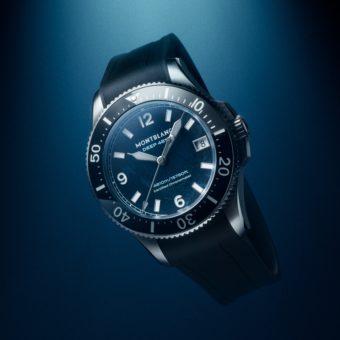
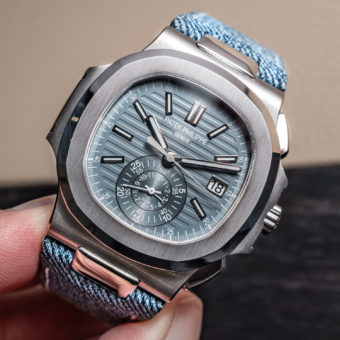
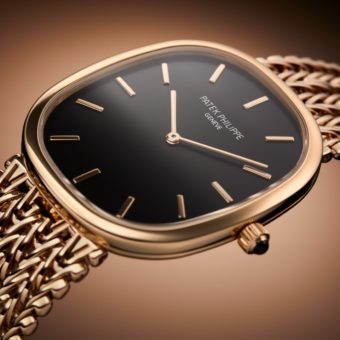
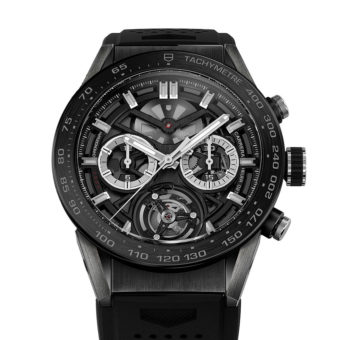
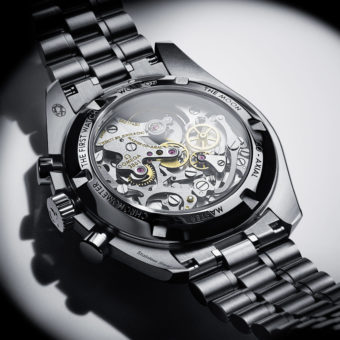
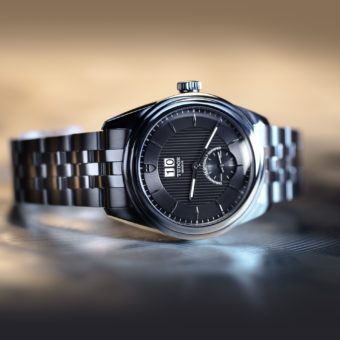
Great article, thoroughly enjoyed reading this post. Will certainly share this with my colleagues at Men’s Lifestyle Guide.
Thanks! Glad you enjoyed it.
All well and good that Patek is adhering to high, perhaps even higher standards, but there is something very valuable to an independent entity for certification. Too bad the Canton of Geneva and the COSC we’re not amenable to changing their approach.